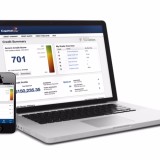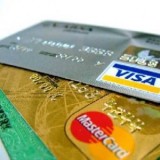According to a recent New York Fed survey, Americans are feeling positive about their ability to get credit. Looking at the trends, we indicate some easy actions to take and will show you how to raise your credit score quickly. In February 2015, the number of people applying for credit cards is up 12.45% from October 2013… Continue reading How to Raise Your Credit Score Quickly Using Current Credit Card Trends
Tag: secured credit cards
One-third of Americans in Debt and Facing Collection
Have a few blemishes on your credit report? You’re not alone. According to a new study from the Urban Institute, over one-third of Americans had debt in collections in 2013. The debts averaged $5,178 and include debt like medical bills, credit card balances, student loans, parking tickets and utility bills. In a very real sense,… Continue reading One-third of Americans in Debt and Facing Collection
Three Alternatives to Traditional Credit Cards
Long gone are the days when credit cards were the only choice for people in need of plastic. Here are some other options Imagine walking into a restaurant and being told that a menu is not needed because there’s only one dish being served. From time to time that happens – set price, or prix… Continue reading Three Alternatives to Traditional Credit Cards


